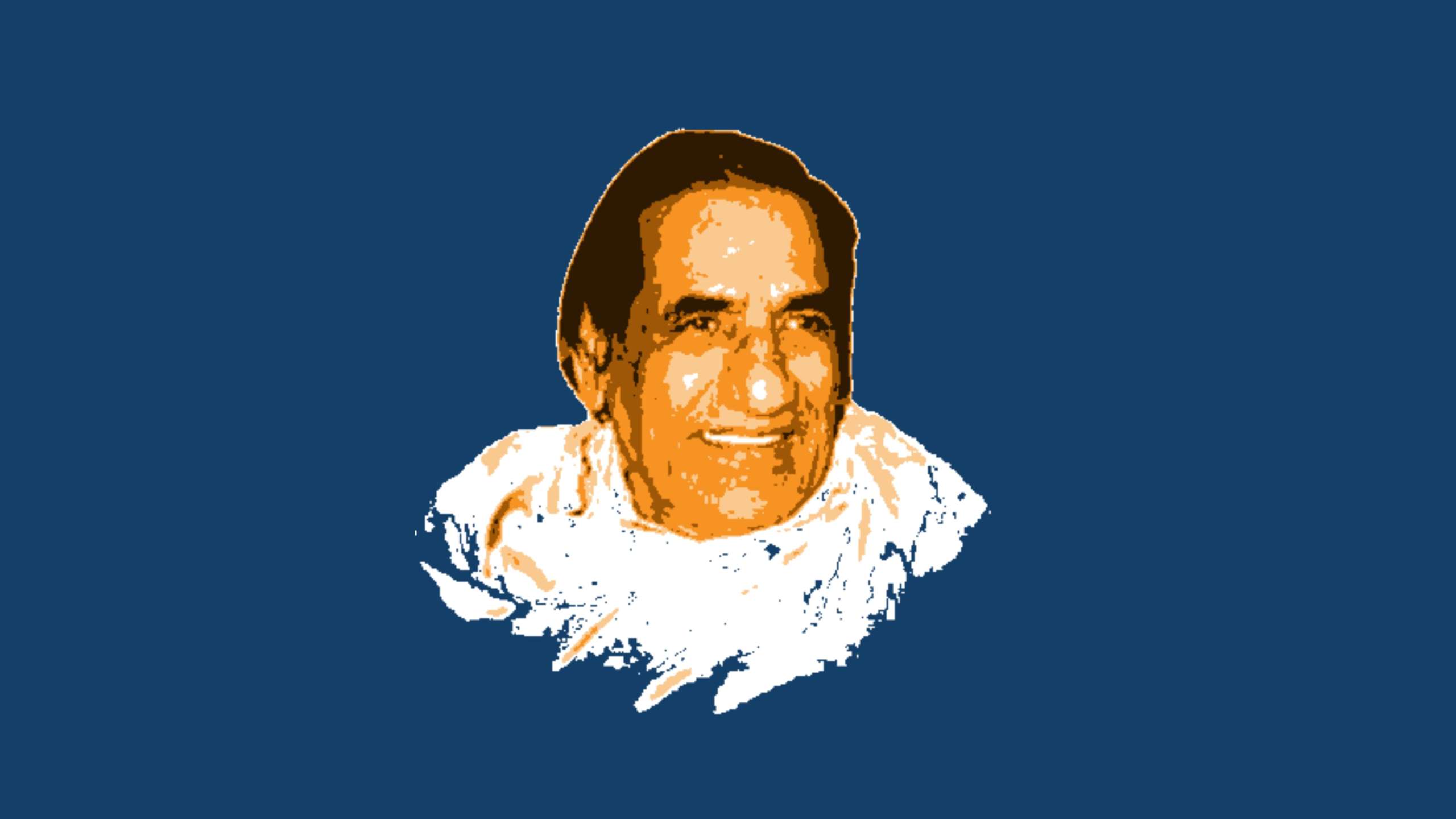Sita Ram Goel was born on 16 October 1921, in the village of Chhara, Haryana. Though he belonged to a merchant Agarwal family, he grew up in quite a poor household. His family had sustenance in Vaishnavism and especially the devotional poetry of the local 18th-century Sant Garib Das. Probably, it made him such a friendly and generous man. Throughout his life, Sita Ram was always attentive to the needs of others.
While growing up, he came under the influence of Arya Samaj reformism and Mahatma Gandhi. Even during his college days, he was a Gandhian activist. He obtained an MA in History from Hindu College in Delhi University. During the freedom struggle, Goel was deeply influenced by economics graduate Ram Swarup. Under his influence and the communist classic books that Goel read, he became an articulate anti-communist. In Kolkata, he established the Society for the Defence of Freedom in Asia. During the 1950s, it was the leading anti-communist think tank in Third World countries like India.
His Works
Sita Ram Goel was a devout Hindu. He could be called a true pagan (defined as a person holding religious beliefs other than those of the main world religions). As he recognized the intolerance and radicalism that envelops every aspect of monotheistic culture. Goel’s work along with his friend Ram Swarup’s forms one of the stepping stones of an intellectual defense of Hindu Nationalism. “Hindu Temples- What happened to them” is one of Sita Ram’s best-known works. The book was written by Sita Ram Goel along with co-authors such as Arun Shourie and Ram Swarup. This book documented the damage that was inflicted on the Hindu civilization and its temples by the Muslim invaders.
In 1963, Goel founded the publishing house Biblia Impex India (Aditya Prakashan). However, in 1982, he joined the non-profit publishing house Voice of India which was founded by Ram Swarup. The Calcutta Quran Petition is one of the most popular books by Sita Ram Goel. The book is co-authored by Chandmal Chopra. It was published under Voice of India. The first edition was published in 1986. Subsequently, the second in 1987, and the third in 1999.
Published in 1982, How I Became a Hindu, is Sita Ram Goel’s autobiography. In the book, he wrote that Ram Swarup (who is often fondly referred to as Acharya) by people on social media, was one of his main influences in life. A paragraph from his book that expresses his views on Hinduism is:
“Sanatana Dharma called upon its votary to explore his own self in the first instance and see for himself the truths expounded in sacred scriptures. Prophets and churches and scriptures could be aids but never the substitutes for self-exploration, self-purification, and self-transcendence.”
At Last…
Even though Sita Ram Goel did not receive the recognition he deserved, his work still continues to inspire people worldwide. On social media, many young people are inspired by him and follow his path of knowledge. His writings have made people who wandered from the righteous path come back. As he wrote in his book Hindu Society Under Siege, “Let the Hindus unite and save themselves, their democratic polity, their secular state, and their Sanatana Dharma for a new cycle of civilization, not only for themselves but also the world.”
Therefore, the Dharmic fold he insisted upon is needed in individuals today.


